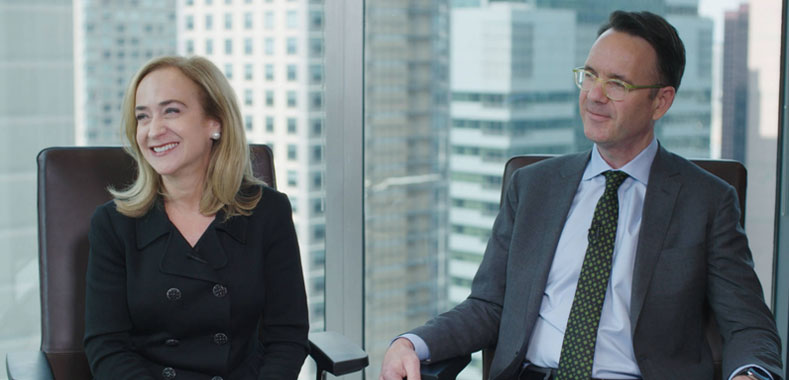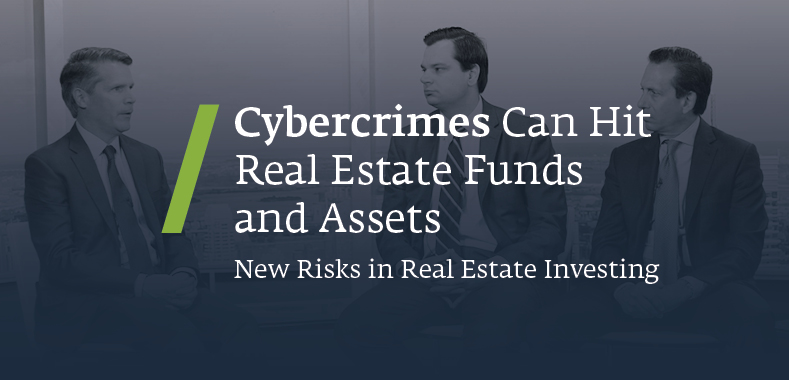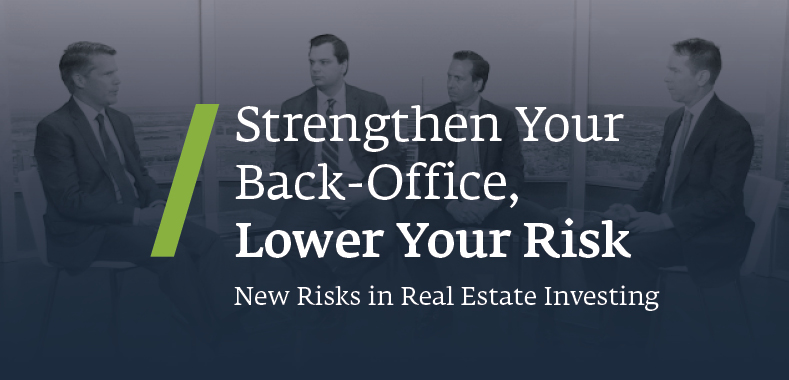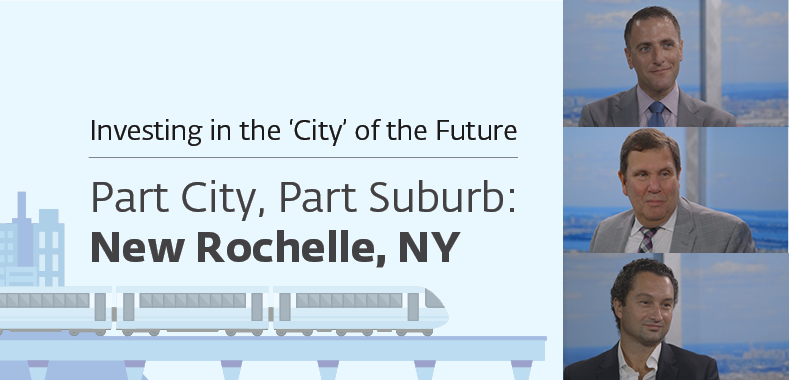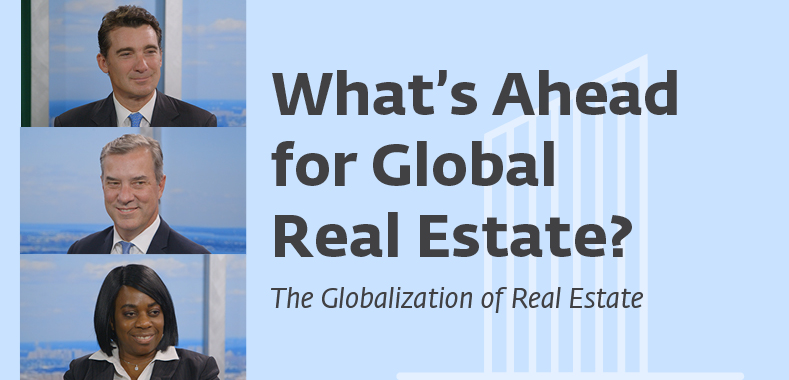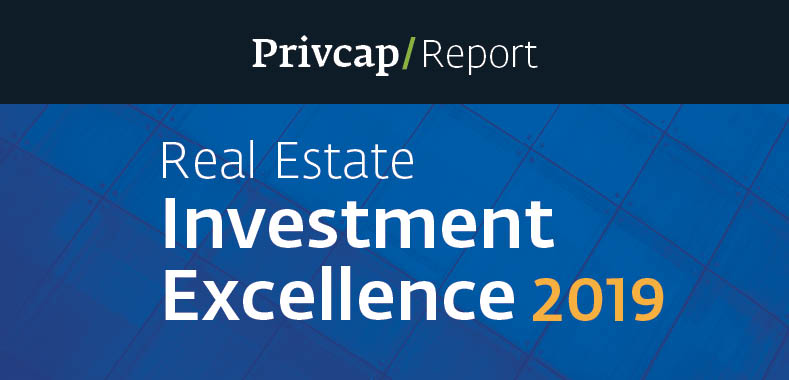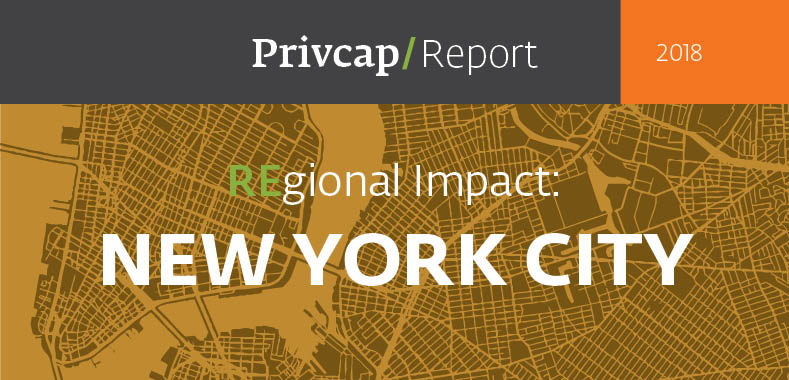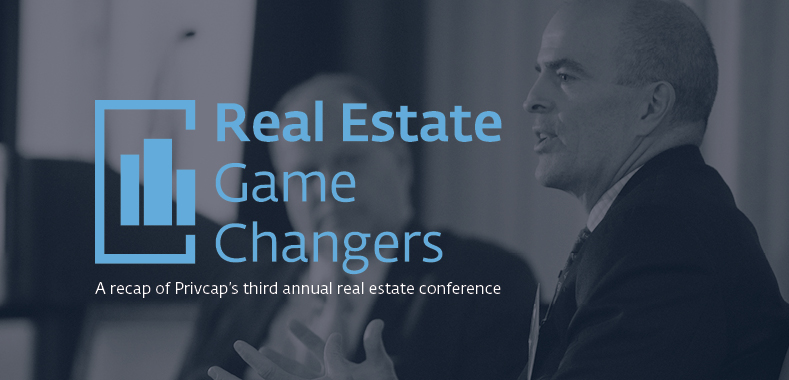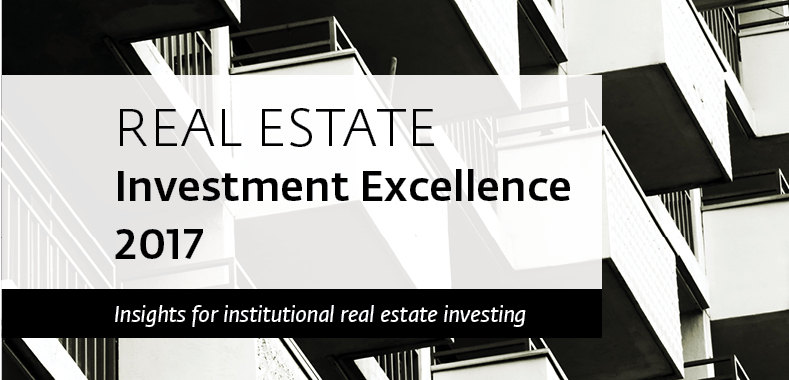Late in a Cycle, Real Estate Investors Work Harder
The global head of investment research at a major real estate investor gives an overview of the property investment opportunity amid rising interest rates, a focus away from the biggest cities, the importance of operating partners, demand for distribution centers and a dearth of development finance.
Transcript Download Transcript
Late in a Cycle, Real Estate Investors Work Harder
David Snow, Privcap: Today we’re joined by Peter Hayes, Global Head of Investment Research at PGM Real Estate. Peter, welcome, how are you today?
Peter Hayes, PGIM Real Estate: Very well, thank you for me having me here.
Snow: The big topic right now in the world is rising interest rates, at least here in the United States. Paint a picture for us of what that looks like and how that might affect real estate performance.
Hayes: What’s surprised the markets is perhaps the speed with which these rate rises are liked to be coming through, particularly in the US. But, I would say that thinking of invest over time has deliberately created a more defensive, more cautious environment in which they’ve been operating.
It looks more like an opportunity for investors to think about well, we’re in a short-term growth scenario because of the fiscal stimulus, there’s a lack of supply. There’s an opportunity to create value. So, the investors are being very realistic about the environment and looking at ways of trying to maintain values despite the rate rises.
Snow: It sounds like you’re saying that investors are also looking for managers that simply need to work harder to add value to the properties in which they invest.
Hayes: The value theme has been a big drive of how investors have behaved, coming out of the financial crisis in recent years.
They’re now taking a bit more location risk, but what they have done in this context of looking at the major gateway markets, the big cities, so you talk about your Hong Kong’s, your Tokyo’s, your London’s, your Paris, your New York. It’s actually start looking more and more the operating income businesses.
It’s really leading to the growth of more and more sectors to be investible for investors themselves. So, data centers, and more into the student housing scene, you have seen those segments growing. Manufactured housing, that’s growing.
And, retail, we can put in the bucket as well, the way that needs to be managed. Is that’s our looking very much at having strong partnerships, at creating, generating, the value through the operator and catering for that occupied demand that exists for those particular products
Snow: How should investors think about real estate investing when there is the marrying of the operating expertise with the real estate underwriting expertise?
Hayes: Retail’s always been a very interesting sector and I think, it’s for two related reasons. One is, it’s fiercely competitive, so you get new concepts constantly being introduced into the sector. And, the second part is that it’s always required a certain level of asset manager expertise, especially when you’re looking at shopping malls and looking how you manage the tenancy and you manage the concepts that take place there.
Snow: You also mentioned location risk as investors are looking outside of the traditional gateway cities for value. What are those risks and how can you get your hands around them?
Hayes: We’re talking about 40% of transaction volume in about eight cities, not 100 I mean, 60 went elsewhere. The narrative was always that investors were looking for transparency and liquidity. They want to be in the big cities. This is where you saw the most aggressive pricing, but actually these cities performed really well. What’s happened is that as this economic cycle, this slow, long economic cycle of recovery. You actually have had more and more occupiers now, moving into sub-markets, outside of the major down towns, sort of central districts, you’ve got more of the smaller cities now seeing a better rental growth story.
Investors, in our mind, have been a little bit slow to really take advantage of moving to these later markets. I touched on it earlier that the risk to some of these markets is again how sustainable are they over a cycle and supply’s always been a challenge. With the lack of supply, and this is something that we’re trying to get a better measure of, why is there not more supply given where rents are?
Hayes: You’re getting more and more investors thinking we’re in a long-term buying hole structure here, so we’re looking at these smaller cities and we’re taking advantage of what they call this il-liquidity premium. So, that the cap rates a bit higher because investors don’t treat it as very liquid. We’re happy to take that risk because we actually believe in the long-term
Snow: Investors are more and more interested in trying to understand how the real estate dynamics will work with regard to these distribution centers and logistics facilities. How do you understand the growth of rent in places like that?
Hayes: Investors should have a lot more logistics in their portfolios than they can actually get ahold of. I think, by value, only 10% of the investible stock, globally, is logistics and investors want more than 10%, and because of rental growth.
What’s that come round to is this kind of growth and demand for these last mile delivery logistics properties, the urban infill shortage of available properties. This way investors are even looking at secondary or older, even light industrial buildings for conversions. We can see a rental growth story there because they’re fulfilling a need. Then, of course you’ve got the demand for the one million plus square feet distribution warehouses, which are, again feeding into this delivery system of which is the growth of online eCommerce.
Snow: Speaking of supply and demand, is development around the world at levels that you would expect given pricing trends?
Hayes: No. We’ve used history as an example. We’ve got some analysis about historically where rent’s got to in real terms around the world when development has picked up. What we’re saying is that there should be more development.
Let’s start with the US, there’s definitely less appetite for lenders to provide, especially speculative development finance. That’s kind of really the big issue.
Then you look at the developers and there is still an issue about cost of materials, there’s an issue about shortage of labor. In the UK, London’s had a pretty past term, Tokyo’s had a pretty good development cycle, but on balance, it’s still a lot weaker. Again, it really seems to be the fact that it’s harder to just get development financed. The numbers don’t stack up. It’s almost if developers or even lenders, let’s stay with the lenders, have kind of felt, okay, we’ve been here before. You know, we don’t want to make the same mistakes.



